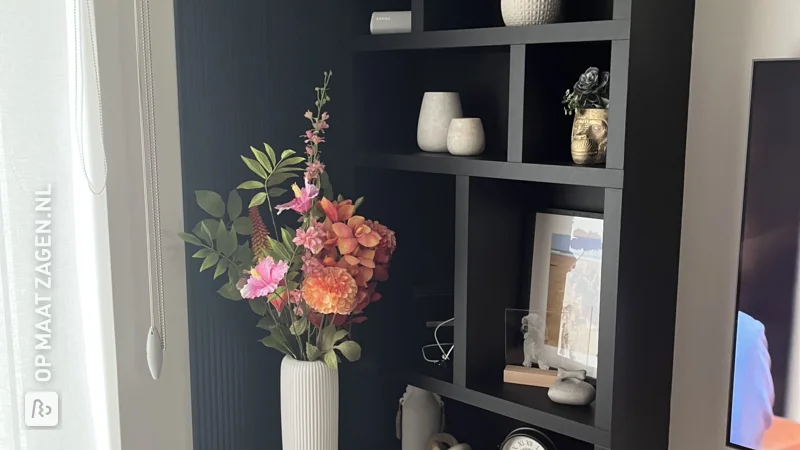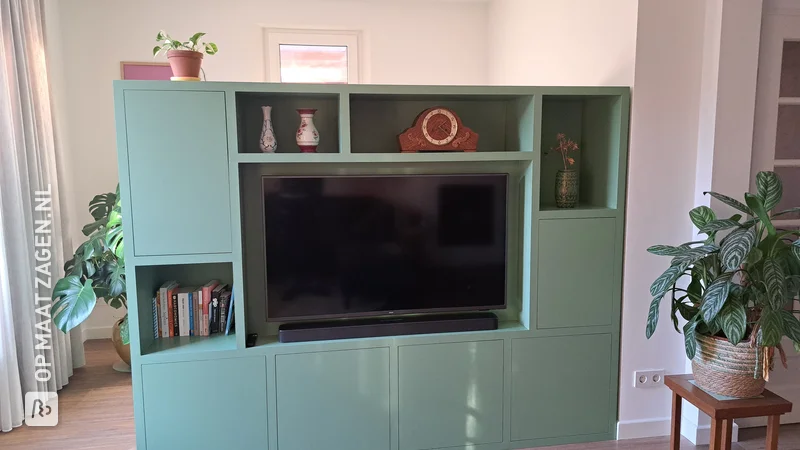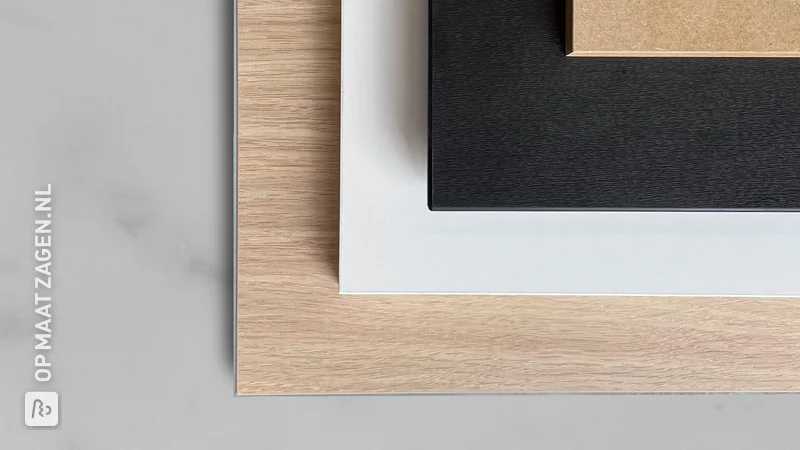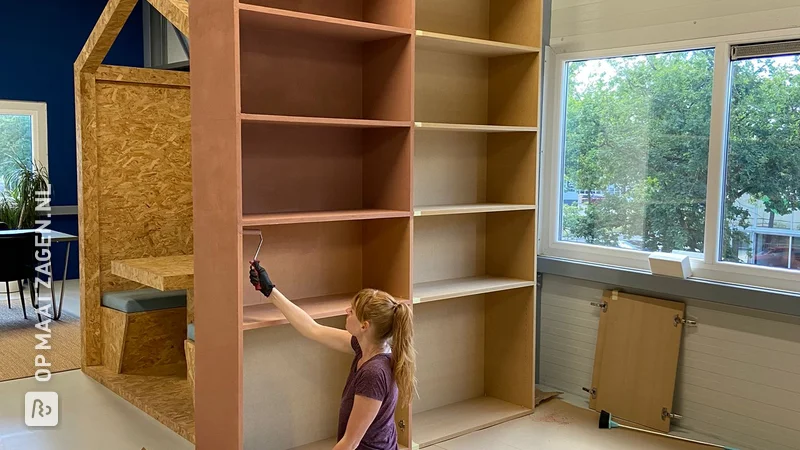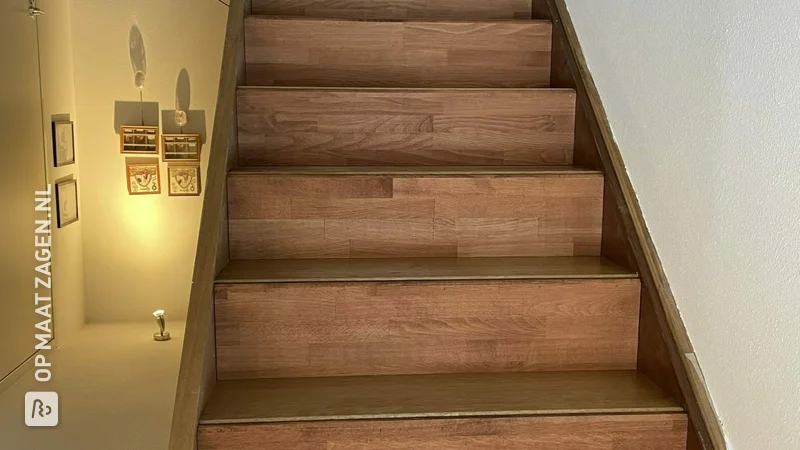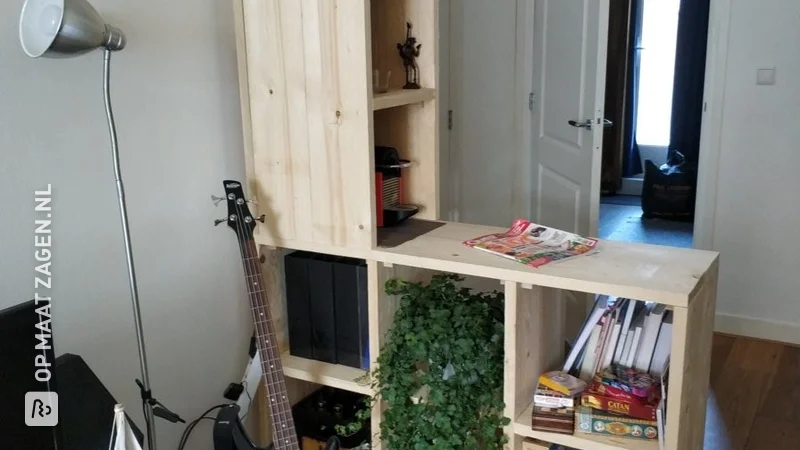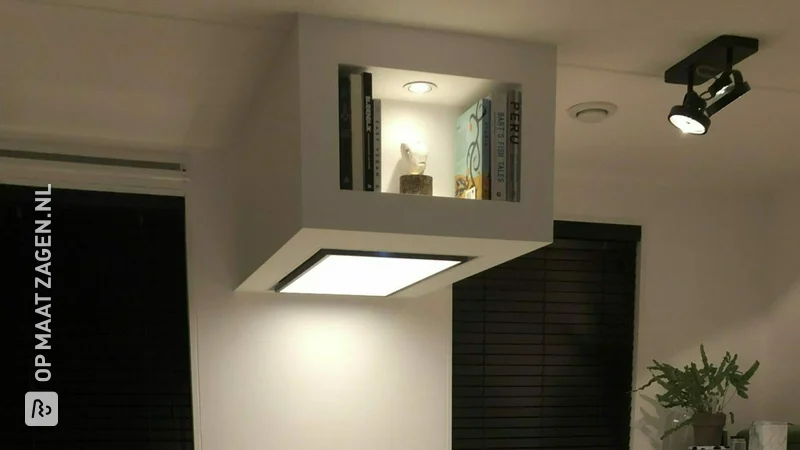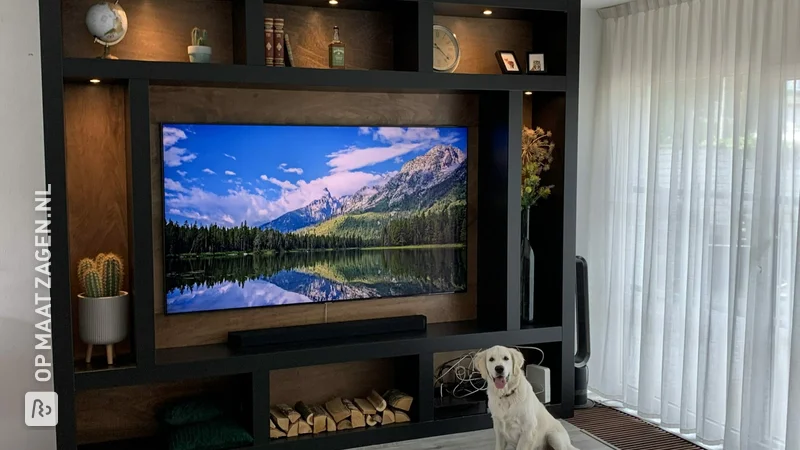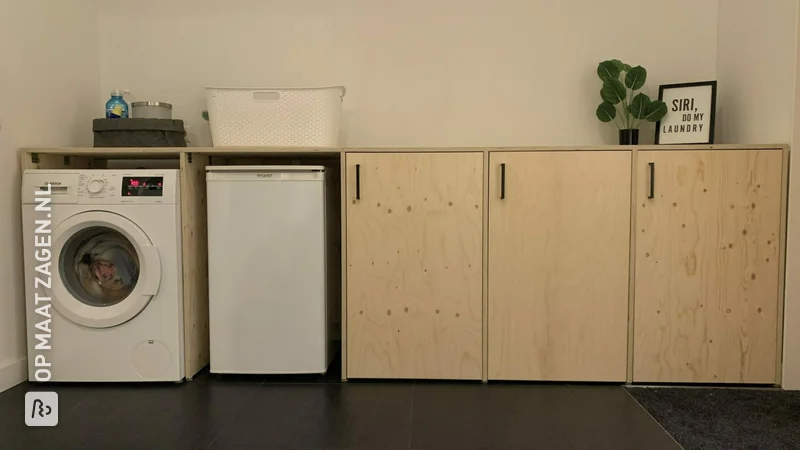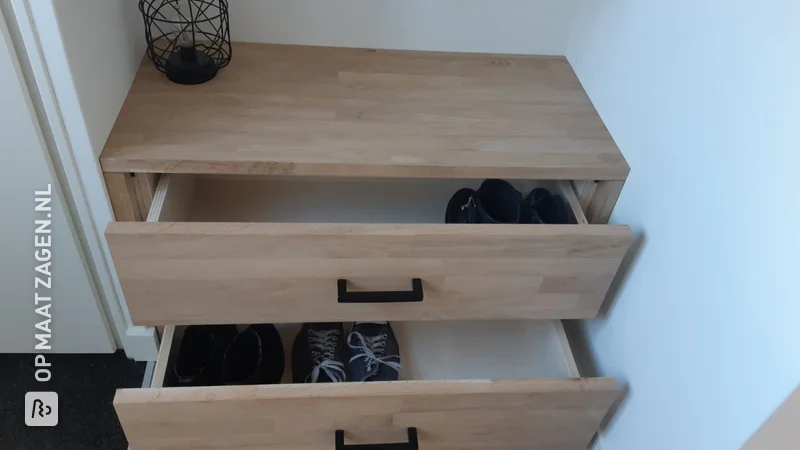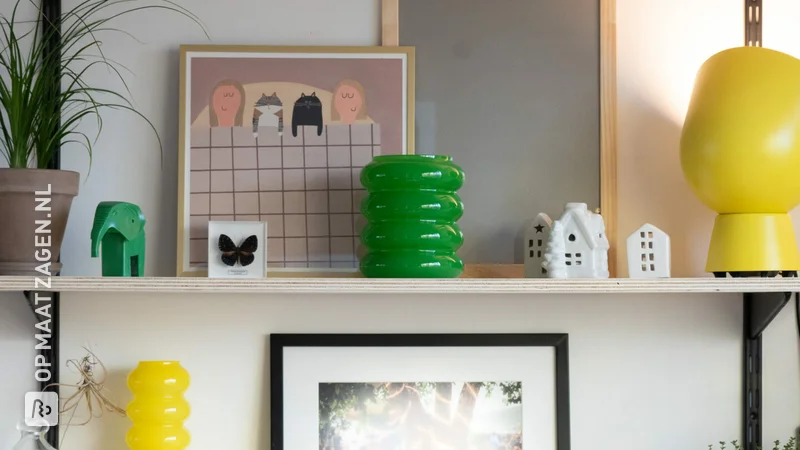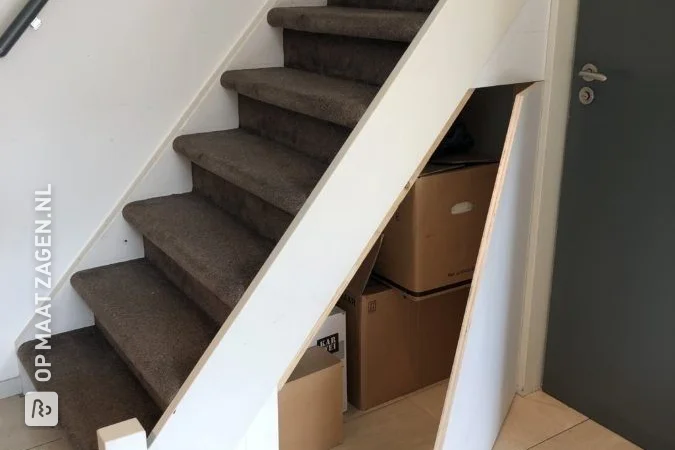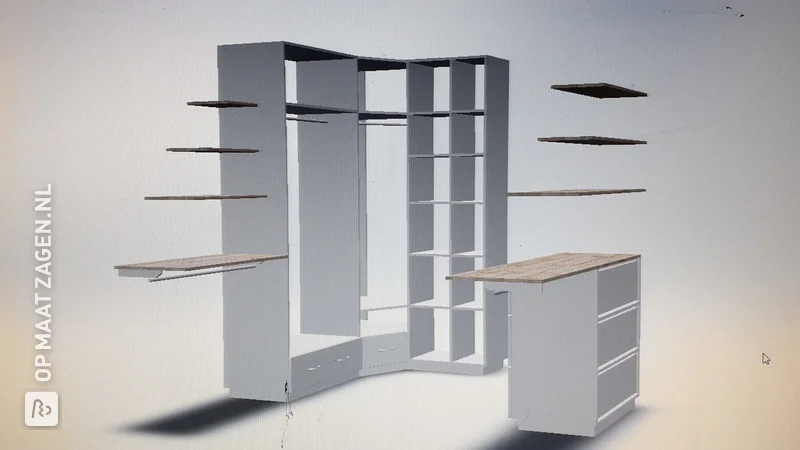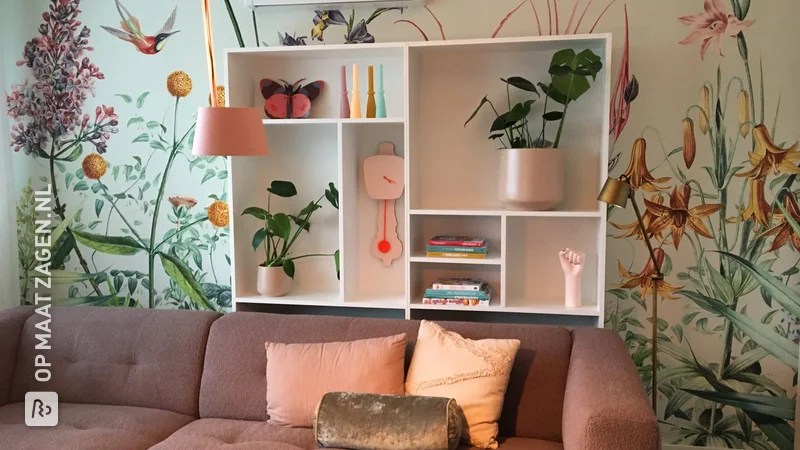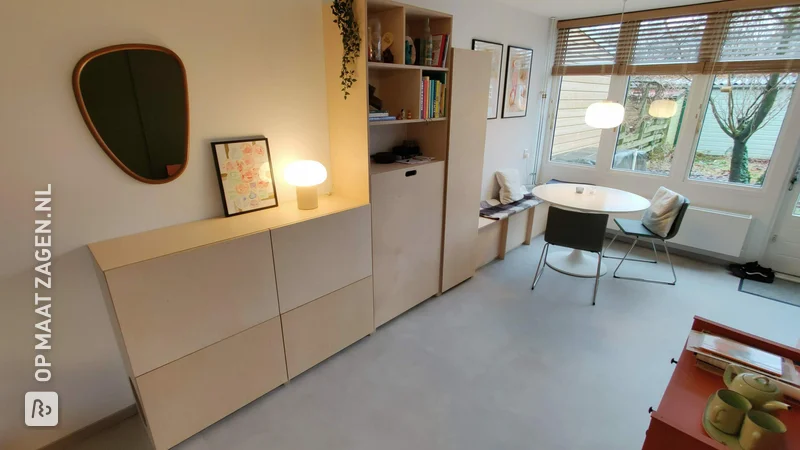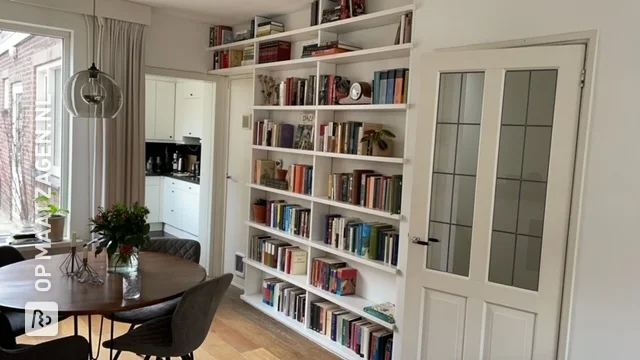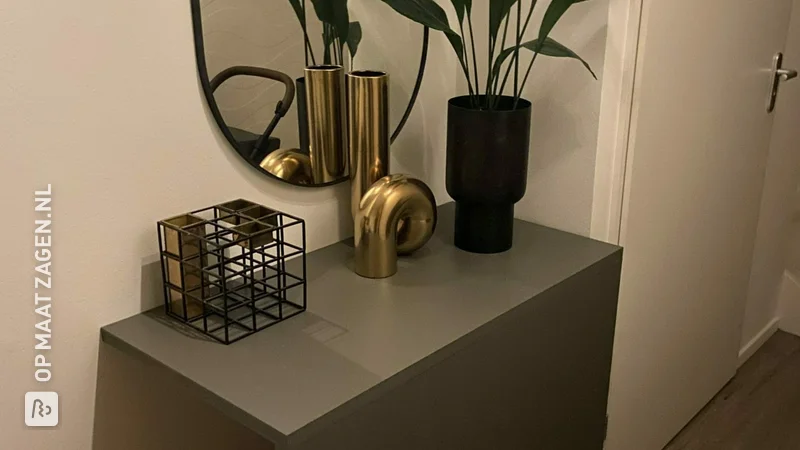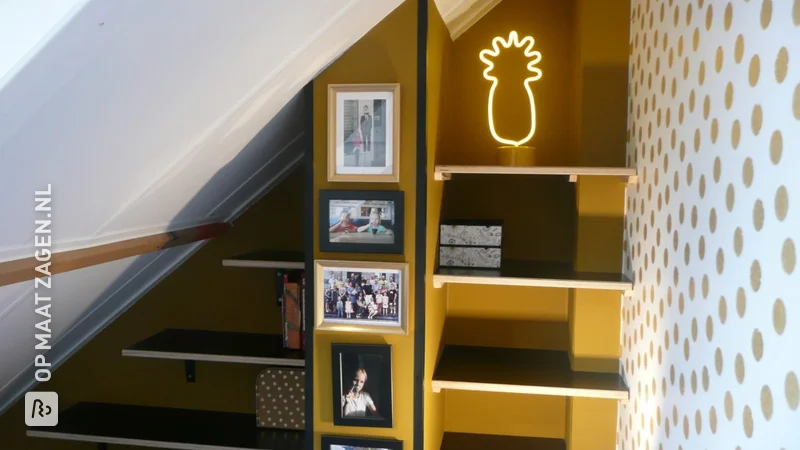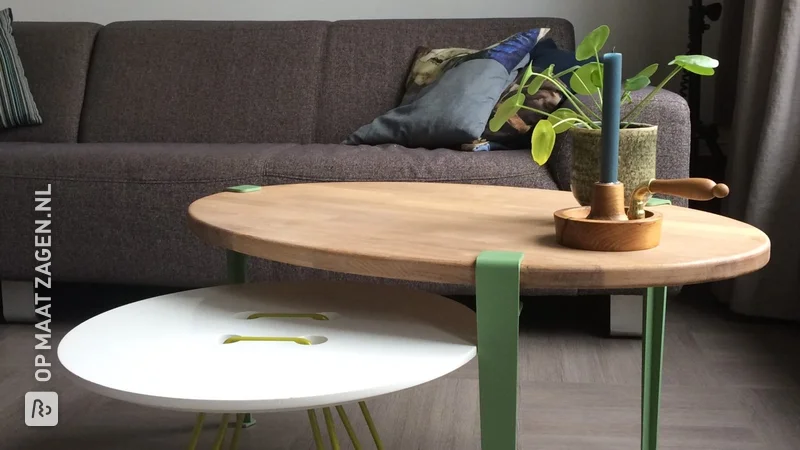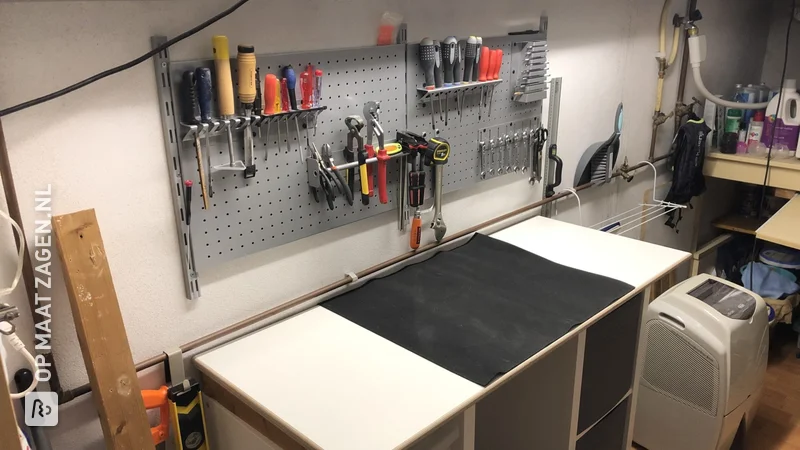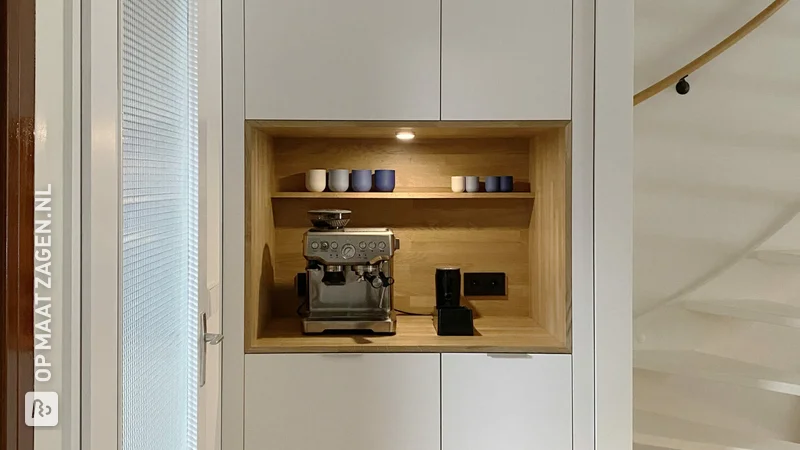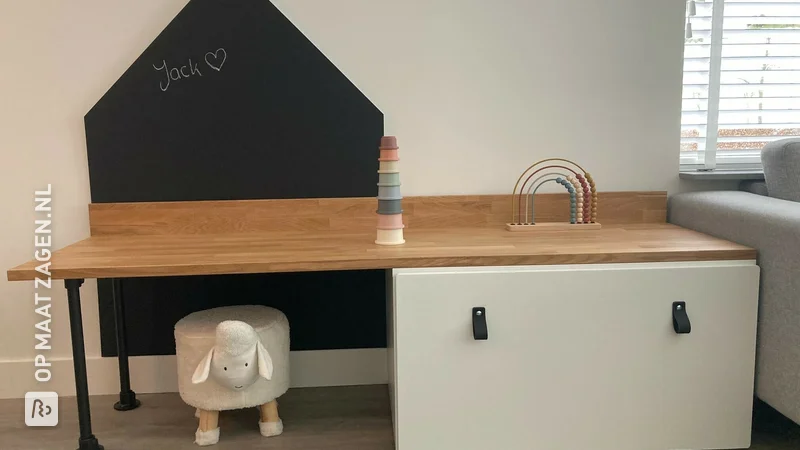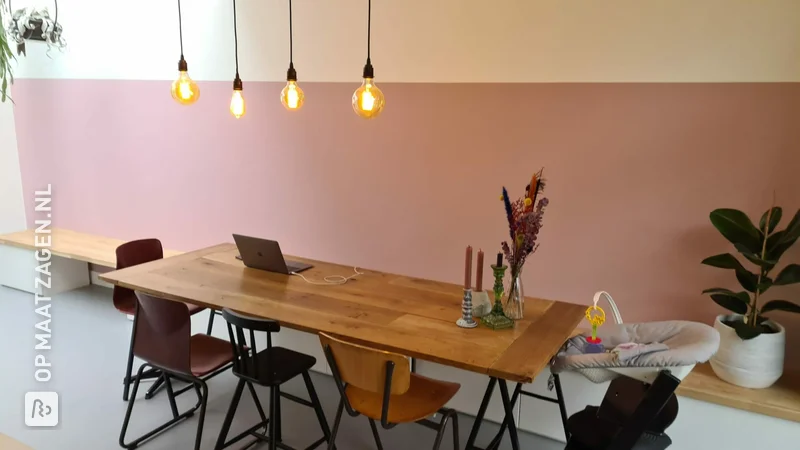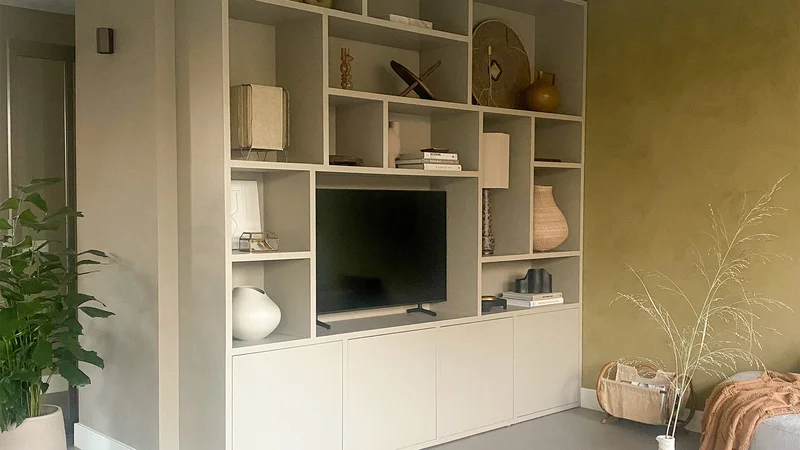- OPMAATZAGEN.nl
- DIY tips
DIY Tips: in 6 steps you can paint beautifully and evenly yourself
DIY Tips: in 6 steps you can paint beautifully and evenly yourself
Whether you are going to paint MDF in your favourite colour or give solid wood a transparent coating, these painting tips will help you get a nice smooth result!
#1 Good preparation is half the battle
And the best tip of all is: take your time! Many handymen are enthusiastic about painting their project in the desired colour and already have their paint pot and roller ready. But it's important that you first make sure your work area is good and protected! Cover the floor and any other vulnerable objects with a tarpaulin, cardboard or an old blanket so that accidental spillage or splashing is not a problem. Don't forget your clothes. Place the material at the right height (e.g. using trestles and beams) so that you do not hang back or sit on your knees for long periods. Make sure you can easily walk around the project so that you can see all sides. And have plenty of paper towels ready. These will help you get paint off quickly, whether it's from your hand, the can, or anywhere else.
Read more about choosing the right paint and paint supplies here
#2 Good sanding makes the end result even tighter
Once you have made all the preparations, it is time to sand. Not everyone's favourite job, but it is essential for a smooth end result. When sanding, it is important that you always have a good feel for the surface. Every unevenness you feel, is reflected in the paintwork. So make sure that everything feels smooth. After sanding, it is important to make everything dust-free. This can be done with a soft brush and dust cloth, but there are also special adhesive wipes that absorb the dust well and leave a beautiful dust-free wood behind.
#3 Primer or not?
If you are working with solid wood that you only want to finish clear, you do not need a primer. However, if you want to give untreated wood an opaque colour, a primer is a sensible choice. Especially clear MDF certainly needs a layer of primer. When working with MDF it is also important to pay extra attention to the ends.
Read more about the pre-treatment of end edges in MDF here
#4 Paint it!
There you go. It took some preparation, but now you are ready to paint and can already catch a glimpse of the end result! For a nice, even result, you need to apply two layers of lacquer. Therefore, do not be alarmed if the first layer is a little patchy. Use fine sandpaper (180 grain maximum to avoid scratches) to lightly sand the wood between coats of varnish. The next coat will then adhere better. If you are working with solid or veneered wood (i.e. with a wood grain), it is important to paint along with the grain. Use your roller or brush to move along the length of the grain. You will see that when the varnish is applied crosswise to the grain, it is not absorbed as well by the wood and the result is a patchy finish. You do not need to take this into account with board material without wood grain (such as MDF). In that case, it is good to paint in two directions so that the paint is absorbed evenly everywhere.
Read more about painting MDF here
#5 How does it become even?
There are a number of techniques for getting your paintwork nice and tight and covering it. When you are painting, the first thing you do is apply a little force to squeeze the paint out of the roller and get a nice opaque layer. Note: a little force. Make sure that the roller does not become too dry! Add new paint in time, otherwise you will apply too thin a layer and it will no longer cover well. When the surface is completely covered with paint, you go over the whole surface again with the roller, but without using force. Roll in one direction each time, so that the stripes disappear from the roller and you get an extra tight result.
#6 Where do I keep my rollers and brushes?
The roller and brush can probably still be used after the first layer of paint. But where do you put them now? The paint does need time to dry properly before you can continue with the second layer. Brushes can easily be placed in a container with a little water (or white spirit or oil if you are using alkyd based paint). Rollers can easily be stored in the paint pot. Push it away from the holder, and pick it up again the next session with the holder and the stirrer. This way the roller does not dry out and you do not have to use new rollers every time. For short intervals it is also sufficient to wrap the paint tray and the brush or roller in a sandwich bag or plastic bag.
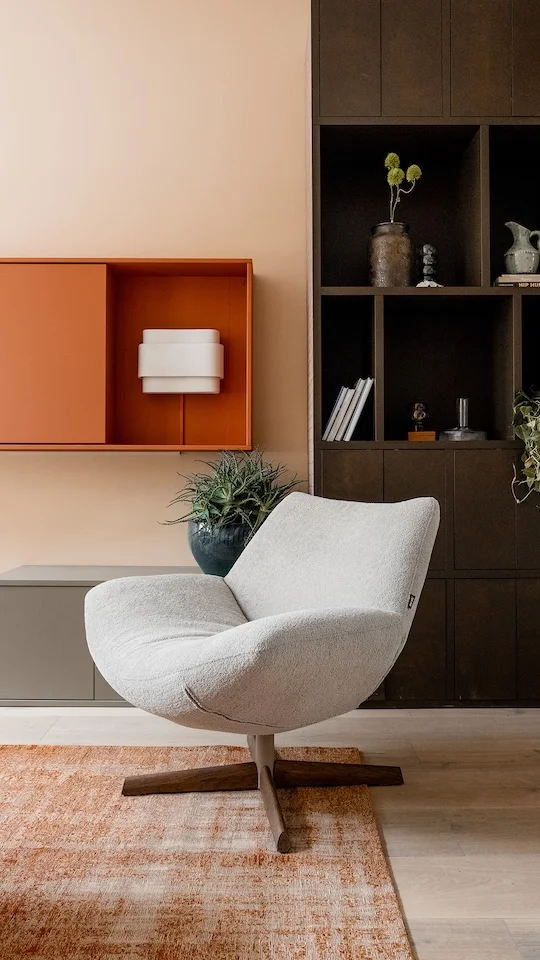

Also check out these similar DIY tips
